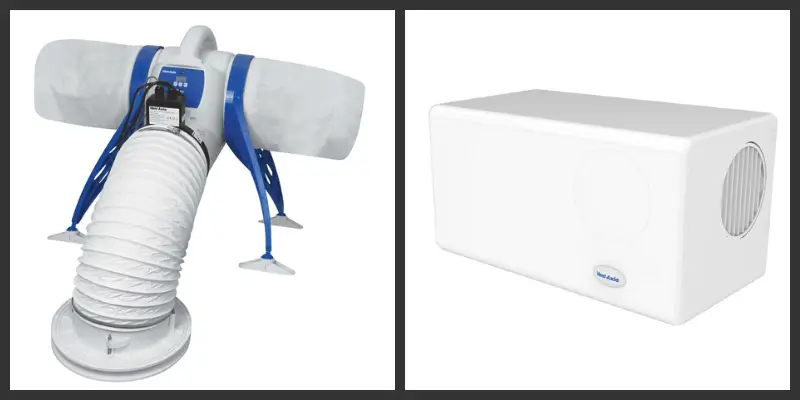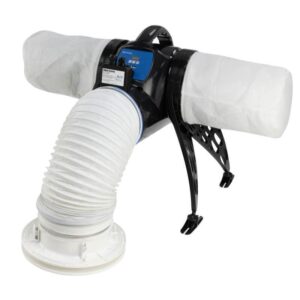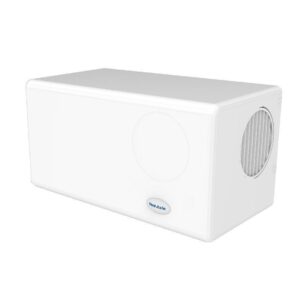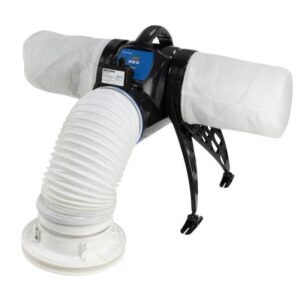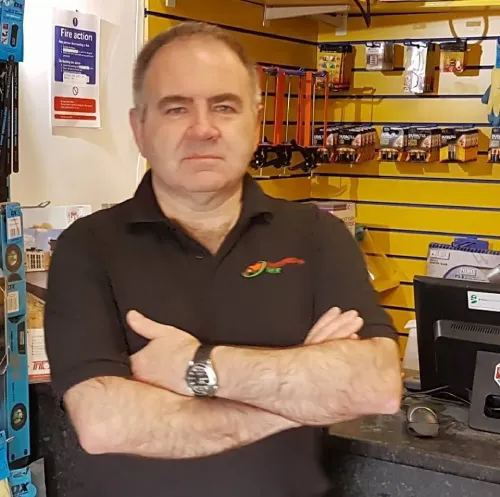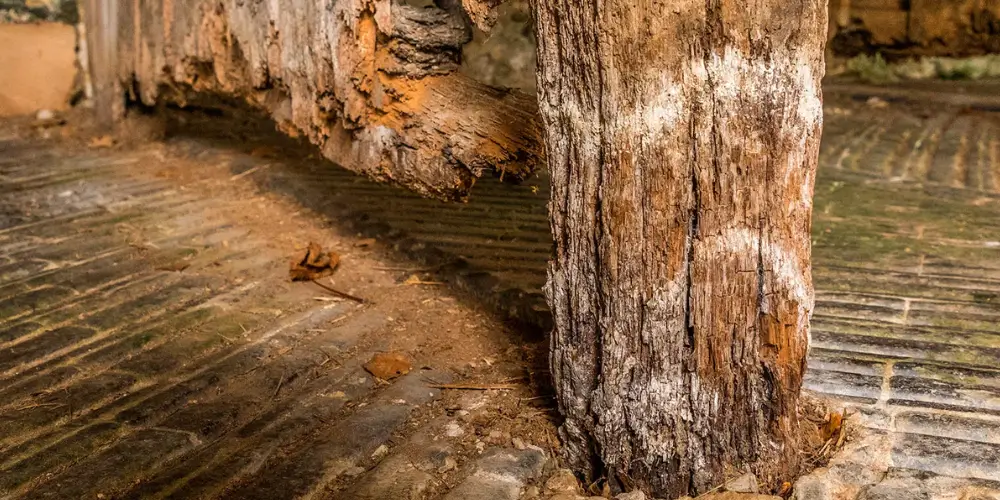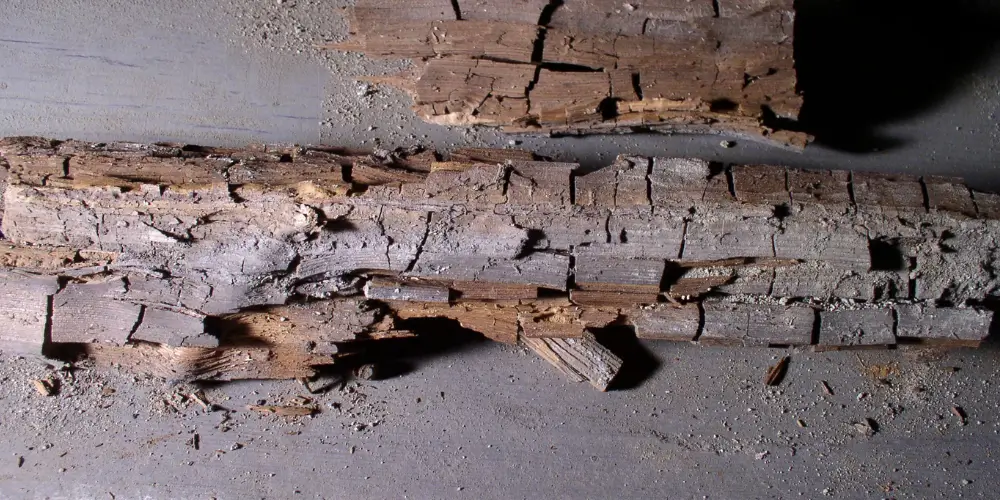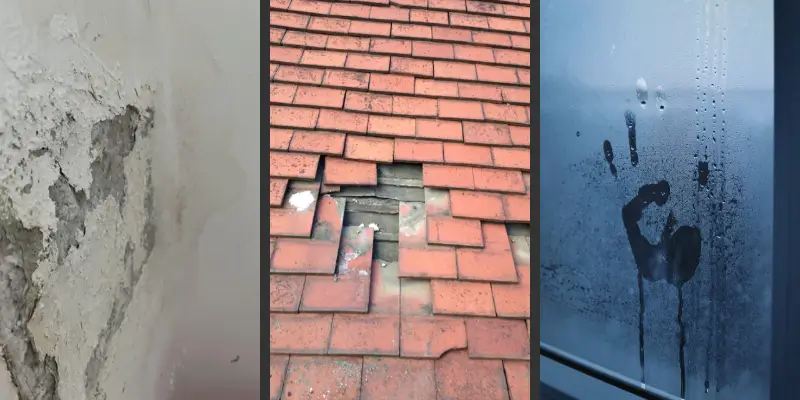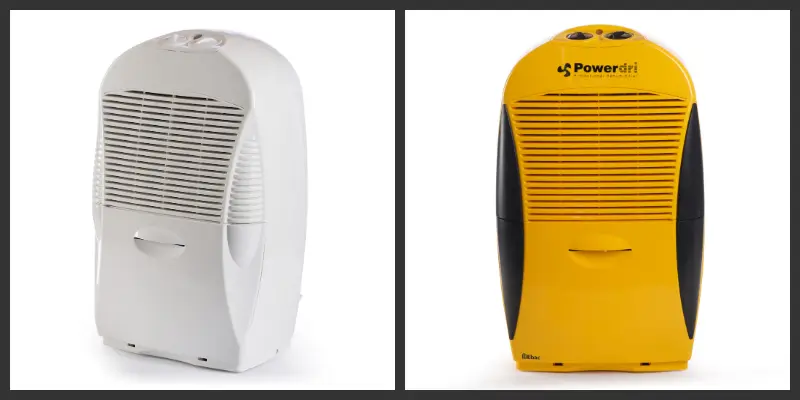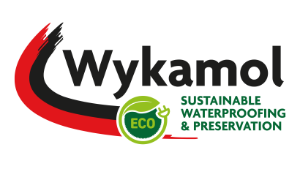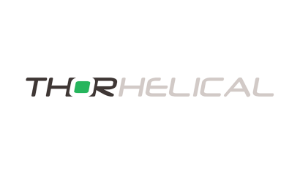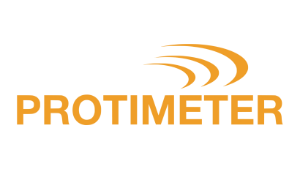PPU stands for positive pressure unit and PIV stands for Positive input ventilation, they are two names for the same thing and are also referred to as mould control units. For the purpose of this Q&A we will refer to PPU / PIV, as it is the same answer for both.
PPU / PIV positive ventilation units reduce the chance of mould establishing by reducing the average humidity within your property.
How do Positive Input Ventilation Systems work?
There are two types of PPU/PIV widely available. Loft units for properties with a pitched roof, and wall units for properties with no pitched roof, such as flats and apartments or flat roofed houses.
The positive input unit pressurises the property with fresh air from the outside, the loft units are slightly more efficient as they draw air from the loft which is usually warmer than outside air.
Do Positive Input Ventilation systems work?
We have specified, sold, and arranged fitting of thousands of these units with a money back guarantee. No one has claimed a legitimate refund for a correctly specified and fitted unit, as yet. With this in mind, I can say that in my experience and opinion, they do work.
Do PIV / PPU reduce humidity?
Reduction of humidity within the property is the aim of the PIV, PPU system, by diluting the humidity the amount of moisture in the air is reduced which in turn can eliminate mould. It would not be true to say that a PPU will always reduce humidity, on rare occasions, if there is a high external level of humidity it may not reduce the internal levels.
Will PIV stop mould?
Yes, as long as the units are specified and fitted correctly and some simple guidelines are followed, the positive input ventilation system will stop mould.
Does a PIV unit cure damp and condensation?
There are three main types of damp in buildings, Rising damp, penetrating damp and condensation. PIV / PPU units do not cure rising or penetrating damp. They can be successfully used to reduce or stop condensation.
Do PIV systems make a house cold?
PPU / PIV units can be supplied with an integral heating element which is thermostatically controlled and activates at a set temperature. This can take the chill off the air on cold days. In general there will be a temperature drop in the room where the fresh air enters the property. This can often be combatted by slightly increasing the heating (radiator thermostat etc) in that area.
How long does a PIV unit take to work?
PIV / PPU units start to work immediately and will over a short period of time reduce the moisture levels in your furniture and furnishings. The difference can usually be felt straight away.
How much does a PIV unit cost to run?
A PPU/PIV unit running cost varies depending on temperature outside (time of year) and what level the thermostat is set at. As a rule of thumb, a modern efficient unit with a 400-watt element that is correctly set up will cost around £35 per year to run, however as fuel prices are set to rise this figure may well increase. However even if energy costs trebled, would it not be better than black unhealthy mould in your home?
Who can install a PIV unit?
Any competent person, with a thorough understanding of electrical systems can install a PIV/PPU unit, there are full fitting instructions in the box of most commercially available units. Competent would refer to the ability to work safely on electrical systems so an electrician or a trained, dedicated experienced installer would be a good choice and should be able to fit one in around 2 – 2.5 hours (depending on the situation).
Where can PIVs be installed?
On external walls, on internal walls if ducted, in loft spaces with sufficient airflow and a sealed hatch. It is important the specifier knows what they are doing at there are many associated considerations to be taken into account in order to obtain and efficient and correctly functioning installation. Get it wrong and it can cause more problems than it solves.
What is the best PIV system to buy?
In my opinion the Vent-Axia units offer the best combination of quality, features, ease of installation and price. Some of our most popular PIV units are as follows:
